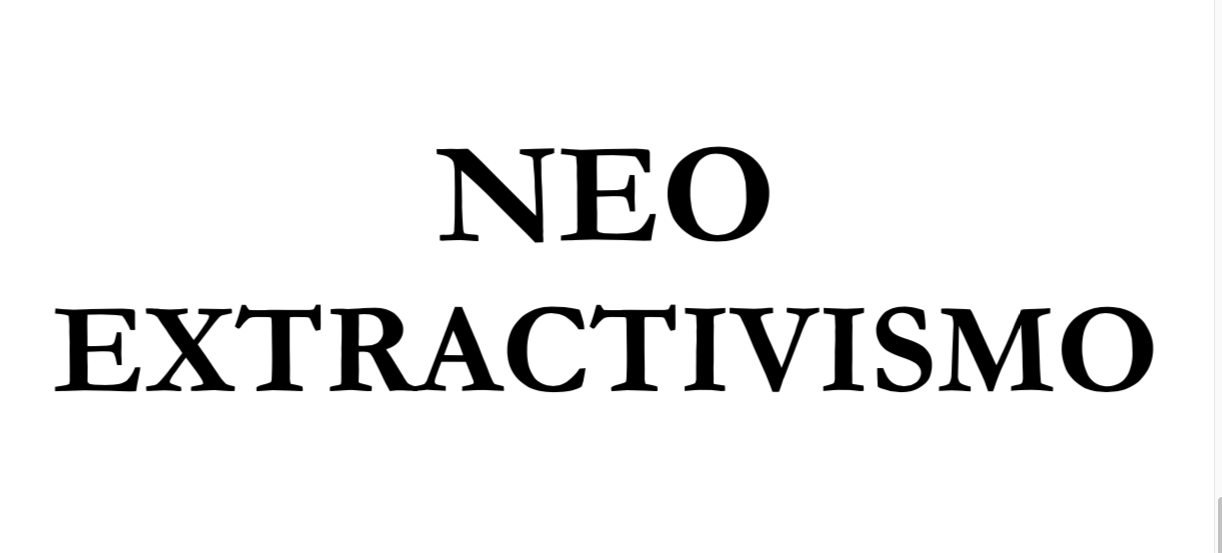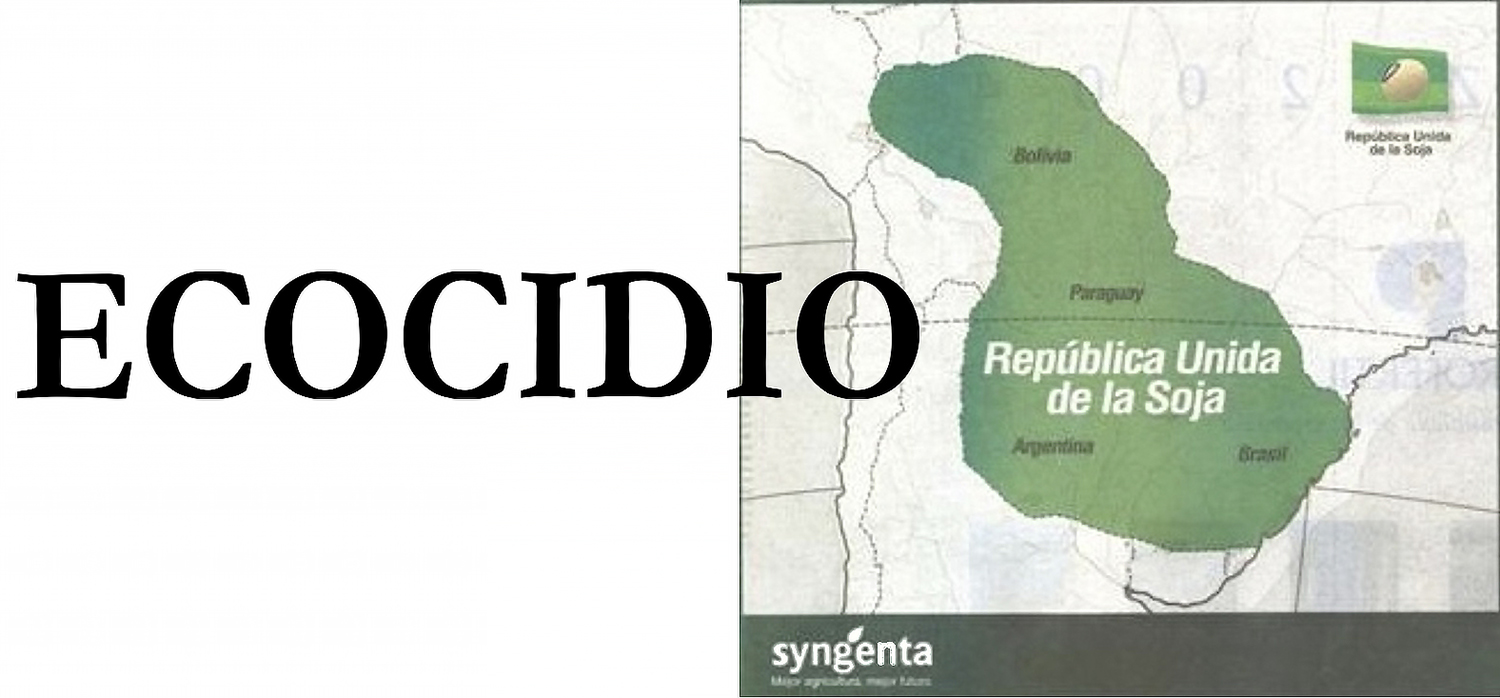Teko ha. Candido painter´s device
Performative intervention at Fine Arts National Museum, Buenos Aires
2022
The project is supported by Argentinian Culture Ministry, Fellowship “Activar patrimonio”
Teko-ha means in the ancestral Guaraní language environment, place and landscape simultaneously
Teko ha. Candido painter´s device proposes to reframe the traditional gaze on the historical painting of battles in order to identify the territories in conflict today. Based on a research situated in the pictorial heritage of the «Paraguayan War», at the National Museum of Fine Arts, Azul Blaseotto investigated the aesthetic-political continuities between the war dispute that established the national territories of Argentina, Paraguay, Brazil and Uruguay at the end of the 19th century, and the current neo-extractivist practices in the supranational territory determined by the wetlands of the Parana-Paraguay Basin.
The starting point of this work is the collection of the painter-soldier Candido López, who developed the graphic and textual chronicle of the events in situ and in real time. On his return from the war, Cándido López created a pictorial series of eighty-nine pieces in landscape format to be viewed continuously in order to take the viewer into the day-to-day life of the war as the armies advanced across the geography. His documentary work was first preserved for the historical interest it aroused and a hundred years later received in an artistic way, entering the Museum and the History of Art.
The Teko Ha device explores the artistic-documentary legacy in an environmental way, refocusing the gaze from the arena of war to the nature exposed almost scientifically by the painter, as well as on the human actions of depredation of the territory in its deadly advance. In the context of global climate change and its regional sanitation emergency, the device functions as mediation for collective understanding and reflection in the reactivating of social imaginary about the links between nature, territory, human and non-human beings.
Teko ha. Dispositivo Cándido
Intervención performática, Museo Nacional de Bellas Artes
2022
Este proyecto cuenta con el apoyo del Ministerio de Cultura argentino, beca «Activar patrimonio»
Teko-ha significa en lengua ancestral guaraní entorno, lugar y paisaje simultáneamente.
Teko ha. Dispositivo Cándido propone re encuadrar la tradicional mirada sobre la pintura histórica de batallas para identificar los territorios en conflicto hoy. A partir de la investigación situada en el patrimonio pictórico de la “Guerra del paraguay”, disponible en el Museo Nacional de Bellas Artes, Azul Blaseotto inindagó las continuidades estético-políticas entre la disputa bélica que estableció los territorios nacionales Argentina, Paraguay, Brasil y Uruguay a fines del siglo XIX, y las actuales prácticas neo-extractivistas en el territorio supranacional que determina el humedal de la Cuenca Paraná-Paraguay.
El punto de partida de este trabajo es el acervo del pintor-soldado Cándido López, quien desarrolló la crónica gráfica y textual de los hechos in situ y en tiempo real. A su regreso de la guerra Cándido López creó una serie pictórica en ochentaynueve piezas en formato apaisado y para ser vistas en forma contínua de manera de adentrar al espectador en el día a día de la guerra a medida que los ejércitos avanzaban en la geografía. Su obra documental fue conservada primeramente por el interés histórico que despertaba y cien años mas tarde recepcionada de manera artística, entrando al Museo y a la Historia, del Arte.
El dispositivo Teko ha explora el legado artístico-documental en clave medioambiental, re-enfocando la mirada desde la arena bélica hasta la naturaleza expuesta casi científicamente por el pintor, así como en las acciones humanas de depredación del territorio en su avance mortífero. En el contexto de cambio climático global y su emergencia sanitaria regional el dispositivo funciona como mediador para la comprensión y reflexión colectivas en la reactivacion del imaginario social acerca de los vínculos entre naturaleza, territorio, seres humanos y no-humanos.












